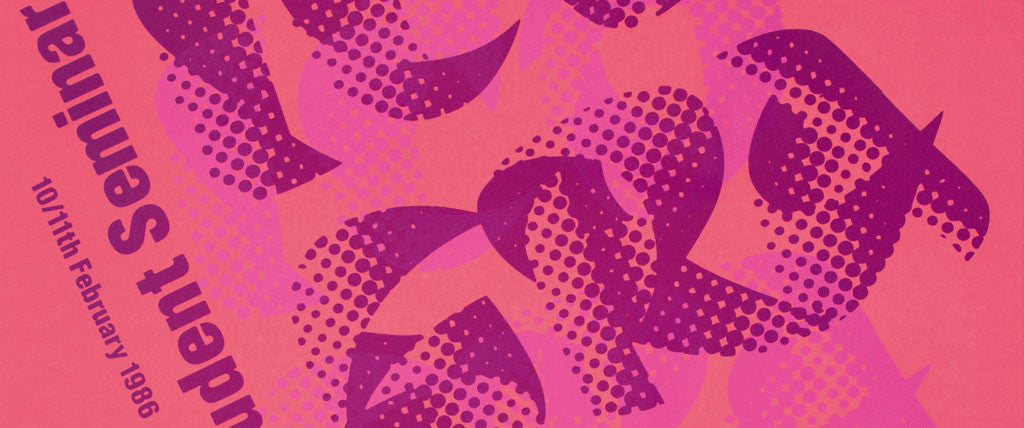What was Henrion’s contribution to British design?
He was important in trying to get acknowledgement of graphic design as a profession through his work with the SIA (Society of Industrial Designers). He was very involved with education, and sat usefully on several boards, especially AGI, where he had an important role, partly because of his skill with languages, and partly through his editing and designing of the compendium (AGI Annals). He was a very generous man, especially to young designers.



How would you evaluate Henrion as a designer?
His design was variable in quality, although a few works were outstanding. The ‘Aid the Russian Wounded' was a striking poster. I have reservations about the CND poster – it was ridiculously derivative from Hans Erni’s – although such plagiarism can be unconscious. But it was an interesting transition from ‘designer as craftsman’ to designer as ‘art director’. His book with Alan Parkin about identity (Design Coordination and Corporate Image) was original in its day, and highly advanced as a piece of book production. His finest hour might have been the newspaper-type magazine called Contact, which he did for George Weidenfeld.



To my eyes, Contact seems dated – or more accurately – it is of its time. Yet I’m struck by how many of Henrion’s logos – NT, LEB, Blue Circle and KLM – are timeless. Is it a view you share?
Yes, his logos were good, NT in particular – although my generation found the way the KLM logo was shown to clients as being visible in the fog (by showing it out of focus) a bit too clever. He used to have a shower and change before meeting important clients. Really good branding was his mark for the fluorescent silkscreen ink ‘Fluorink’: a black-and-white symbol made to look vividly brilliant. His finest hour. But there were several finest hours.



